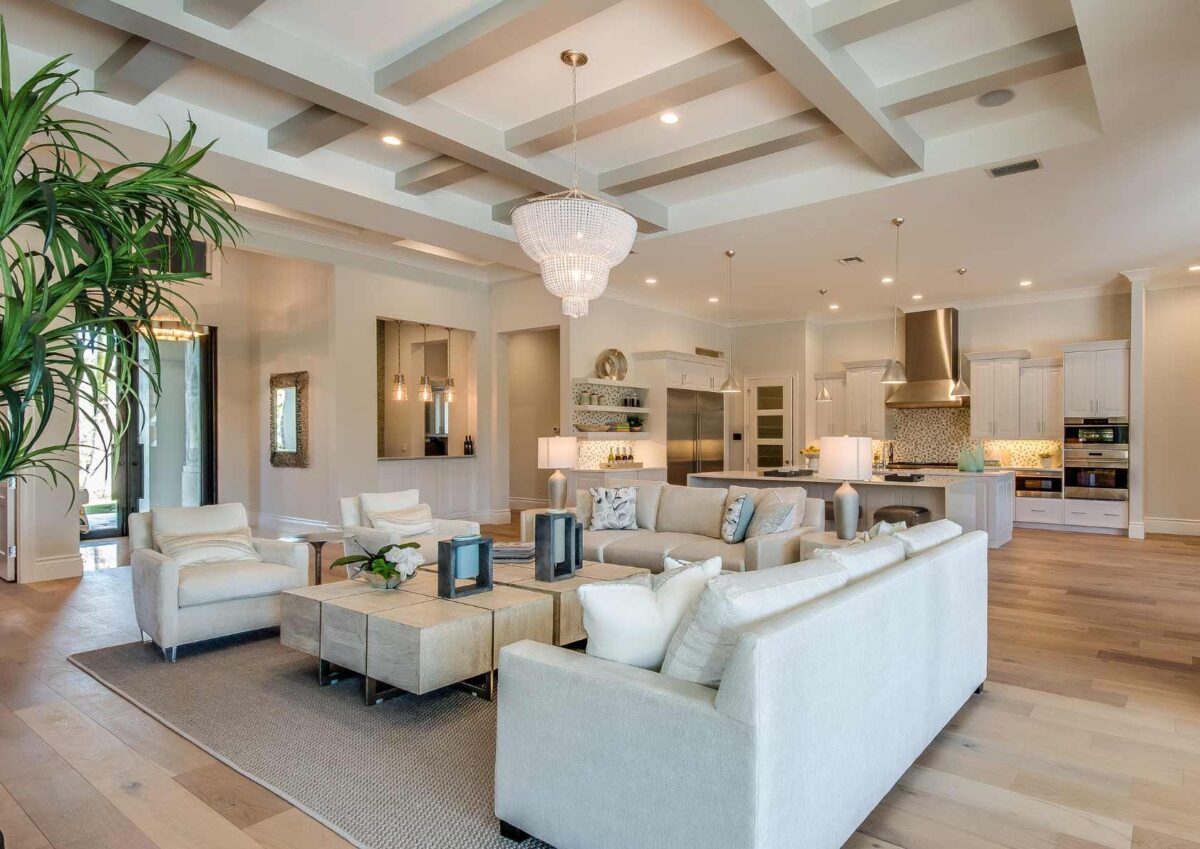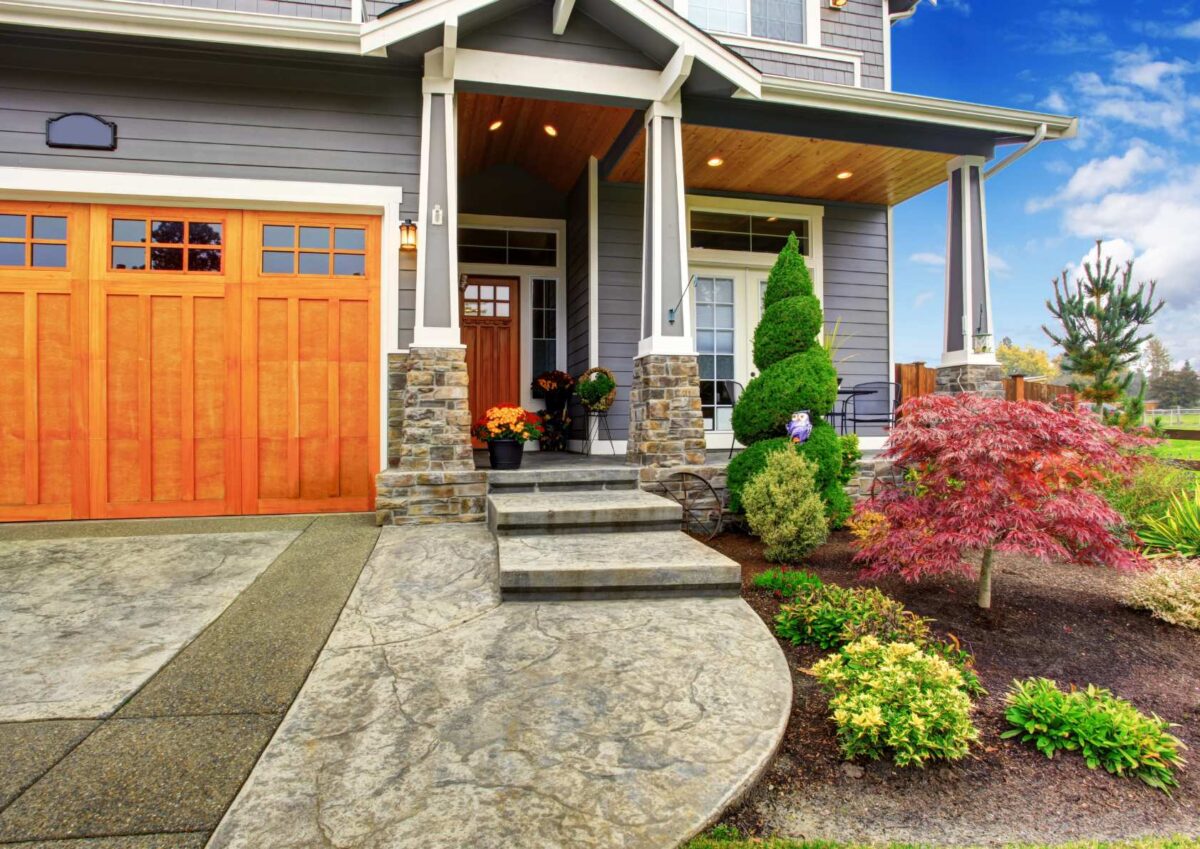The real estate world is always evolving, and as we move through 2025, design preferences are shifting in exciting new directions. From open floor plans to cozy, private corners, there’s a growing emphasis on how a home feels just as much as how it looks. If you’re wondering what buyers are looking for in 2025, the answer lies in a thoughtful balance of function, flexibility, and comfort. This blog will explore how trends are changing, what home features are gaining attention, and why personalization is the new priority for modern homebuyers.
Open Floor Plans: Still in Demand, But with a Twist
Open floor plans have dominated real estate design for over a decade, offering airy, light-filled spaces perfect for entertaining and family living. In 2025, this layout will still be desirable, but buyers are beginning to ask for more definitions of these open spaces. Rather than one giant room, today’s homeowners prefer subtle boundaries using furniture, lighting, or architectural features like partial walls or archways.
Open concept kitchens that flow into dining and living areas remain popular, especially for their versatility and social benefits. However, with the rise in remote work and multi-use living, there’s also a call for designated “zones” within open plans. Think reading nooks, tech-free corners, or even small soundproof pods. These hybrid spaces honor the open layout while recognizing the need for focused privacy.
Cozy Corners and the Rise of the “Third Space”
On the flip side of open living, many buyers are gravitating toward the coziness and comfort of smaller, enclosed areas. A “third space” is a growing term in home design. It refers to areas that are neither strictly work nor social zones but offer a personal retreat. These could be bay window seats, meditation rooms, hobby dens, or small libraries.
In today’s fast-paced world, more homeowners are prioritizing spaces that promote calm, wellness, and downtime. Designers are responding by creating rooms with warm textures, soft lighting, and intentional quiet. If you’re a seller or homeowner planning a renovation, consider how your space supports rest and recharge. These corners may just become a buyer’s favorite feature.
Functional Design Leads the Way
Functionality is now at the forefront of what buyers are looking for in 2025. Spaces need to serve multiple purposes without sacrificing style. Homes with built-in storage, convertible furniture, and smart layouts are winning major points with buyers who want to make the most of every square foot.
Multipurpose rooms, such as guest bedrooms that double as home offices or gyms, are highly valued. Mudrooms, laundry rooms, and walk-in pantries are no longer afterthoughts; they’re deal-makers. More than ever, buyers want homes that work with their lifestyle, not against it.
Sustainability and Comfort Go Hand-in-Hand
Green living continues to gain momentum, but it’s not just about energy savings; it’s also about comfort. Today’s buyers are looking for sustainably built homes that feel good to live in. That means high-performance insulation, better indoor air quality, and natural lighting are just as important as solar panels.
Comfort is also about emotional well-being. Natural materials like wood, stone, and linen are in, promoting a grounded, cozy atmosphere. Whether the space is wide open or snug and secluded, the emotional tone of the home matters more than ever. In fact, emotional design is becoming a defining factor in what buyers are looking for in 2025.
Finding the Right Balance
So, open floor plans or cozy corners? The answer isn’t one or the other—it’s a blend of both. Buyers want homes that offer flexibility: spaces where they can stretch out and socialize, and also retreat and recharge. By prioritizing thoughtful design and functional comfort, today’s homes are rising to meet the evolving expectations of modern homeowners.
As real estate continues to adapt, understanding what buyers are looking for in 2025 will give you an edge, whether you’re selling, buying, or simply staying on top of the trends. It’s not just about square footage or finishes anymore. It’s about how a space supports real life.





